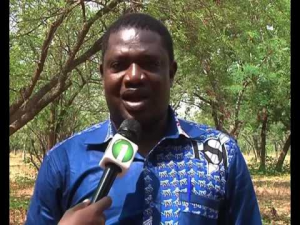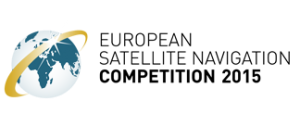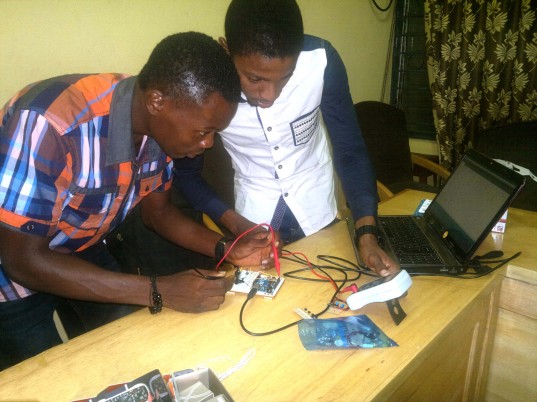TAHMO has received two small business development grants under the SBIR program of the Netherlands government. The first grant concerns the development of an agronomic advice service for potato farmers in Rwanda. It is a cooperation between Severe Weather Consult, a Rwandan SME, and TAHMO. Potato farmers in Rwanda tend to spray a lot, especially to avoid a disease called Late Blight. It seems they are actually spraying too much and the service will provide advice as to when it is necessary to spray and when not. Information is provided by Apps4Agri, a Dutch SME, which provides input from their advisory system, while TAHMO/SWC provides the data concerning the climate to determine if the Late Blight pressure is high enough to warrant spraying.
The second project concerns a warning system for the onset of the rainy season in West Africa, particularly in Ghana’s northern regions. Often, rains occur early in the year which seems to be the start of the rainy season but are actually spurious rains that are followed by a drought of more than 10 days. When farmers sow after these first rains, they will lose their seed. By using a mix of TAHMO and satellite data, we can determine whether or not the real rainy season has started and warn farmers in case of a false start. This may also be used to build germination insurance. We will work together with the Ghana Agricultural Insurance Pool and Farmerline, two partners within the TWIGA project, and the Savanna Agricultural Research Institute (SARI). In this movie, Dr. Alhassan Lansah Abdulai of SARI explains the need for such a warning service. Full video here.

SARI’s Dr. Alhassan Lansah Abdulai




